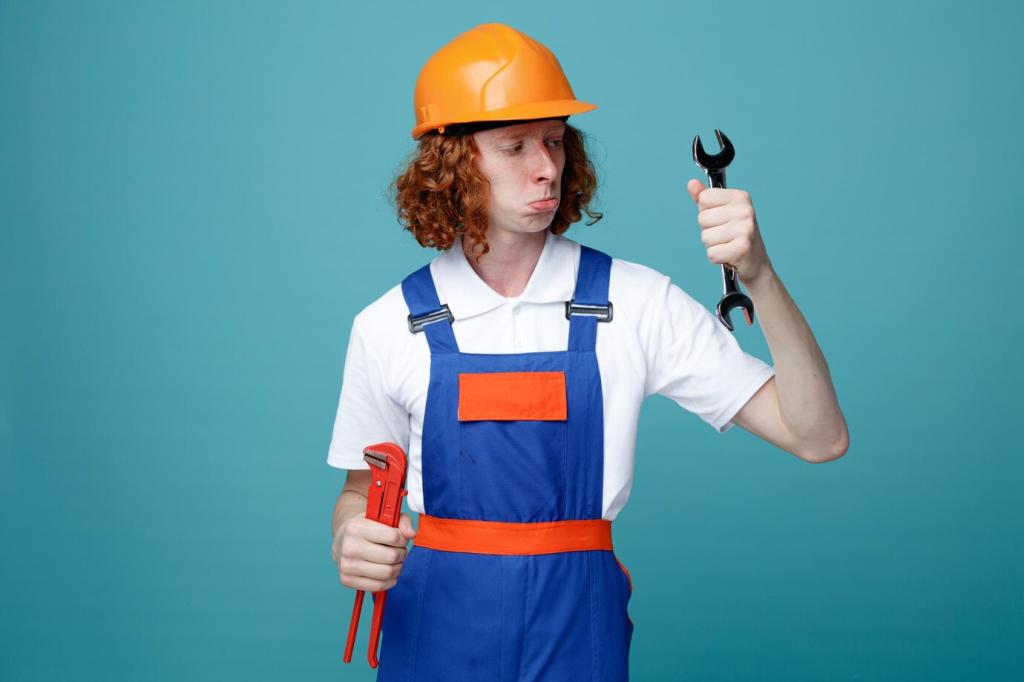Tools and Parts Checklist for a Smooth DIY
Match part numbers using the owner’s manual, VIN lookup, or manufacturer catalog. Cabin filters can hide behind gloveboxes or under cowls, while engine filters vary widely in size. Order quality replacements and consider buying a spare for pollen season.
Tools and Parts Checklist for a Smooth DIY
A Phillips screwdriver, small socket set, Torx bits, flashlight, gloves, and a microfiber cloth will handle most setups. A handheld vacuum helps tidy leaves. Keep a magnetic tray for clips and screws, and label anything unfamiliar to avoid guesswork later.






